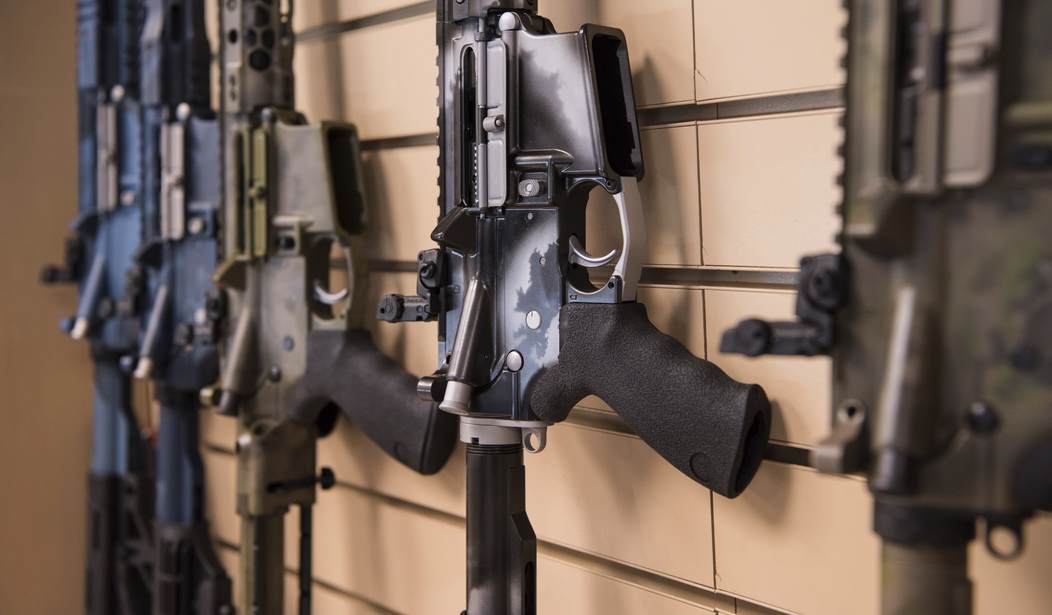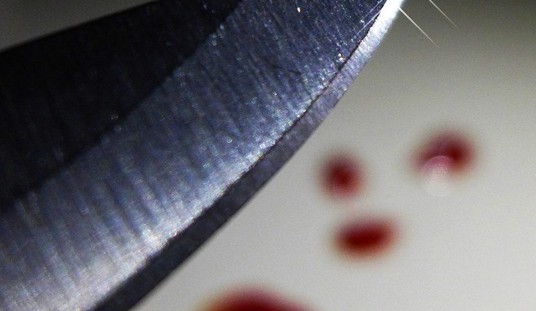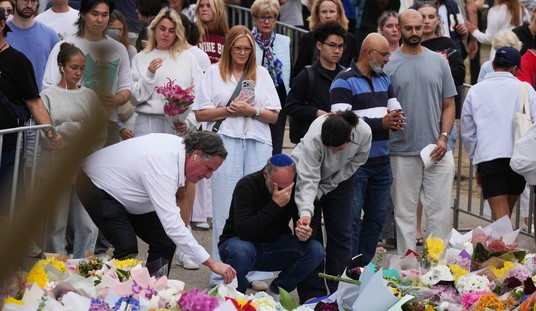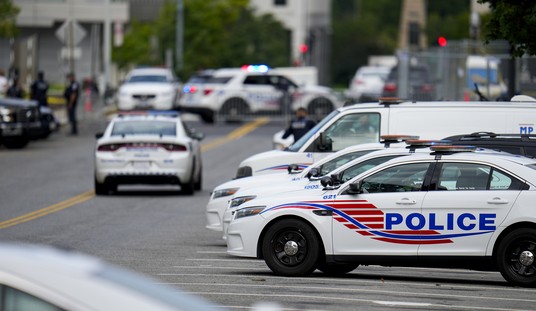School shootings are a significant concern. They’re not especially common, from a statistical point of view, but this is one of those things where even once is once too many times.
I get that.
So, we’re going to talk about various ways to deal with it. For at least one school system, it means putting equal firepower to anything a potential mass shooter may have into the schools.
Unsurprisingly, some people don’t like it.
After the Uvalde school massacre, Ted Cruz suggested that the solution to preventing future violence was to have only one heavily guarded door in and out of schools. Other Republicans echoed this solution, including former President Trump, which doesn’t hold up to the lightest of scrutinies — it gives students and teachers nowhere to go if that door gets breached, not to mention being a blatant fire-code violation. It’s useless because these men aren’t interested in protecting students, instead showing brainwashed voters that they will never utter the words “gun control.”
Madison County’s new initiative to have AR-15s in every school has the same flavor, the ultimate embodiment of “the only way to stop a bad guy with a gun is a good guy with a gun,” that Second Amendment diehards have been groomed by years of NRA propaganda to think they must believe. It’s political maneuvering at its most insidious since the NRA doesn’t care if people die, only about reviving their dying revenue (NRA revenue declined 23% from roughly $367 million in 2016 to $282 million in 2020).
Except, for all the pontification blaming the NRA and claiming “good guys with guns” aren’t really a thing, it’s actually happened and happened recently.
Greenwood Park Mall was the host of a mass shooting that could have been devastating. It wasn’t nearly as awful as it could have been because a single armed citizen drew his weapon and put an end to the threat.
A church in White Settlement, Texas was also set to be the scene of a deadly massacre. Unfortunately for the would-be gunman, an armed member of the congregation who acted as volunteer security drew his weapon and put an end to that rampage before it could even get going.
In Sutherland Springs, a mass murderer exited the church where he’d tried to gun down the entire congregation, likely planning his next brutal killing, and was met with a neighbor armed with an AR-15. That killer, too, met his end.
These are just three examples of good guys with firearms ending horrific events. There are many, many more.
So why don’t they happen more often? Likely because people like the writer make a big thing about how guns are dangerous and shouldn’t be anywhere. Politicians listen to them and declare places gun-free zones. They make it harder for people to carry a firearm in various places. They create a culture where carrying a gun is frowned upon.
Then they blame the guns when something awful happens and look at you like you’re insane when you point out that the gun-free zone sign on the door clearly didn’t work.
That gets followed by outrage when you suggest an armed citizen could have stopped the carnage before it started.
For them to convince me that armed people cannot be effective at stopping mass shootings, you have to show me evidence that armed folks were present at these shootings and were incapable of stopping them or even slowing them down.
Unfortunately, they really can’t. That’s because it’s simply not a thing.
Instead, this author–a former teacher, apparently–is upset because now a weapon he hates is going to be present in a place he doesn’t approve of. If such a weapon is used to stop a mass shooting, it’s clear he’ll just forget about that in a week or so and continue pontificating on the evils of guns, the NRA, and whatever.
Yeah, the NRA has said a lot about good guys with guns, but a lot of people who have nothing to do with the NRA have said it, too.
Besides, regardless of how he feels about them, it doesn’t make it any less true, nor does his ignorance about even recent history.








